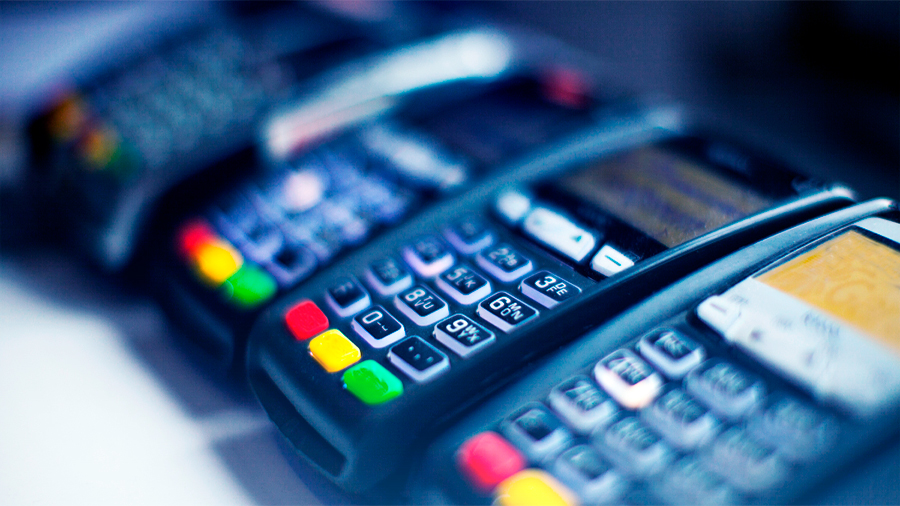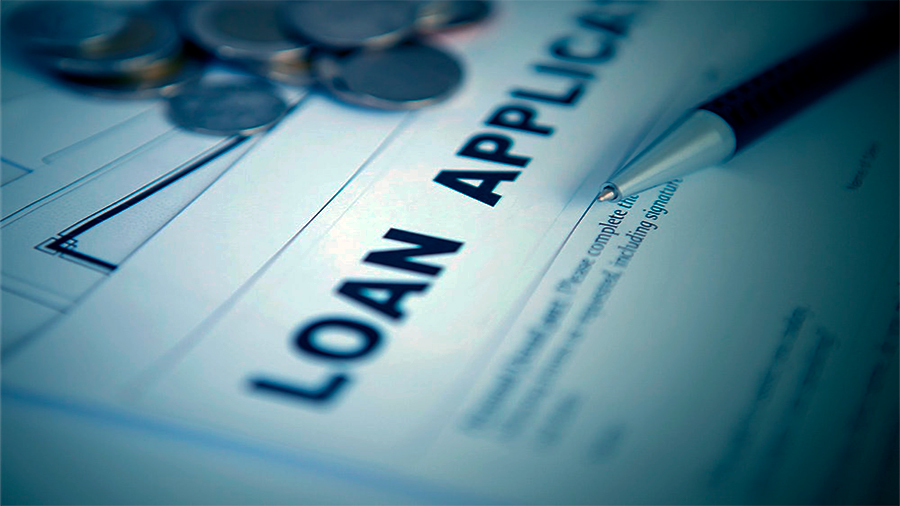Loans in Online Stores: Growth in Impulse Purchases
It starts with a click. You’re browsing an online store, see something you like — maybe a phone, shoes, or a new kitchen gadget. Right next to the price, a small message appears: “Buy now, pay later.” It’s tempting. You don’t have to wait. You don’t need the full amount today. One click later, you’ve committed to a loan that feels invisible — until the payments start showing up. Welcome to the new wave of point-of-sale lending. Convenient? Absolutely. But with that speed comes a new kind of risk: the rise of impulsive borrowing that can quietly spiral out of control.
How Online Lending Got So Easy
Traditional loans take time. You apply, wait for approval, maybe talk to a bank representative. But with point-of-sale financing, decisions happen in seconds. Companies like Klarna, Affirm, Afterpay, and PayPal Credit now integrate directly into checkout processes. You select a product, choose “pay later,” and the financing is approved almost instantly — often without a hard credit check. In many cases, you don’t even leave the store’s website.
This kind of frictionless lending is part of what makes it so attractive. There’s no paperwork. No one asks why you want the item. The loan feels like part of the shopping experience, not a separate financial decision. That subtle shift changes how people think about debt. It makes it feel normal, even casual — which is exactly the point. For the retailers and lenders, ease drives volume. For shoppers, it can blur the line between a want and a need.
The Psychology Behind “Buy Now, Pay Later”
When you’re offered the chance to split a payment into smaller chunks, it feels safer. Instead of paying $500 for a new phone, you see four payments of $125. That number feels manageable, even if you’re already juggling other bills. The reduced immediate cost lowers your emotional resistance. You’re no longer deciding whether to spend $500 — you’re deciding whether you can handle $125 today.
This isn’t accidental. The structure of these loans is designed to appeal to emotions. People shop when they’re bored, stressed, or chasing small bursts of happiness. Instant financing fits right into that state of mind. It removes the pause where people usually question their spending. And when you don’t feel the full financial impact up front, it’s easier to justify buying things you didn’t plan for.
Small Loans, Big Consequences
One point-of-sale loan might be fine. Two might still be manageable. But the issue arises when consumers stack them. Because the approval is quick and the payments are spread out, it’s easy to lose track. Unlike credit cards, which show a clear monthly balance, these loans are often scattered across apps and emails. A person may have six or seven small installment plans running at once — none of them huge, but together they form a serious financial obligation.
Miss a payment, and fees kick in. Some lenders charge late fees, while others report delinquencies to credit bureaus. What began as a casual purchase now threatens your credit score. And because these loans are tied to consumption — not emergencies — the regret often arrives too late. You don’t just owe money. You owe money for something you didn’t really need in the first place.

Retailers Love It — And So Do Lenders
Online stores benefit immensely from point-of-sale lending. It boosts average order values and lowers cart abandonment rates. A shopper who might hesitate at a $200 jacket is more likely to click “buy” when it’s broken into four payments of $50. For stores, that means more sales. For lenders, it means more borrowers — and more interest or fee revenue.
The partnership is mutually beneficial. Retailers don’t assume the risk — the financing company does. And the financing company gets a cut of the transaction or earns from interest. This business model has grown rapidly. In some countries, point-of-sale lending now accounts for over 10% of all online purchases. It’s not just for fashion or gadgets anymore. Consumers now use these tools for furniture, electronics, even groceries.
Who’s Most at Risk?
Younger shoppers, especially those under 35, are the most frequent users. Many don’t have traditional credit lines or large savings. They’ve grown up in the digital world, where everything is available instantly. For them, “buy now, pay later” isn’t unusual — it’s expected. But this group also tends to have lower income and less financial stability. That makes them more vulnerable if repayments stack up or income drops.
People living paycheck to paycheck also face higher risk. These loans stretch budgets thinner, leaving less room for unexpected expenses. And because they’re marketed as low-risk or “interest-free,” some borrowers don’t think of them as real debt — until the payments pile up. A missed paycheck, sudden bill, or shift in spending can send their finances off course quickly.
Should Regulation Catch Up?
In many places, point-of-sale lenders operate in a regulatory gray zone. They’re not banks. They’re not traditional credit card issuers. That means many consumer protections don’t apply. There may be limited disclosure of fees, unclear terms, and inconsistent reporting to credit bureaus. Some countries have started drafting rules to bring more transparency, but for now, much of the burden falls on the consumer.
Financial experts argue that these loans should come with the same disclosures and consumer rights as other forms of credit. Clearer terms, mandatory credit checks, and limits on stacking multiple loans could help prevent overuse. But any changes will take time — and in the meantime, millions of consumers are already using these products, often without fully understanding how they work.

Rethinking the Impulse
So what can you do to stay safe? The first step is awareness. Recognize that point-of-sale loans, no matter how friendly they seem, are still debt. You’re committing future income to pay for a present desire. That’s not always a bad thing — but it should be intentional.
Ask yourself a few questions before clicking “buy”:
- Would I buy this item if I had to pay in full today?
- Do I already have other installment plans active?
- Will I still value this item six months from now?
- Is this solving a problem or filling a craving?
It’s also worth setting personal limits. Try to cap the number of active installment loans you have. Track your payment dates. Treat each new plan like you would a credit card charge — something you’ll owe soon, not just background noise. Impulse borrowing only works when you’re not paying attention. The more conscious you are, the less likely you are to overextend yourself.
Conclusion
Online lending has changed how we shop — and how we borrow. It’s smoother, faster, and more integrated than ever before. But that ease hides the risk. What feels like convenience can become a trap if it turns into a habit. The rise of “buy now, pay later” has opened up credit to millions of people, but it has also opened the door to impulsive spending that lingers long after the excitement fades. Knowing your limits, questioning your impulses, and treating these loans like serious commitments is key. Because every click counts — especially the ones that come with a monthly bill.
